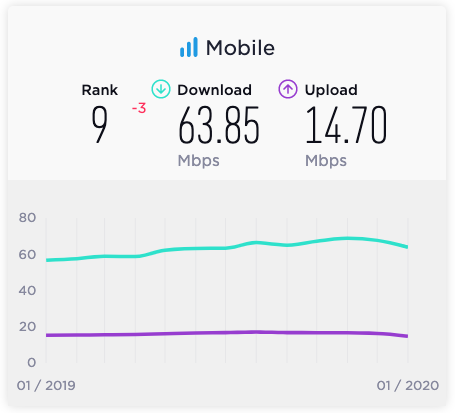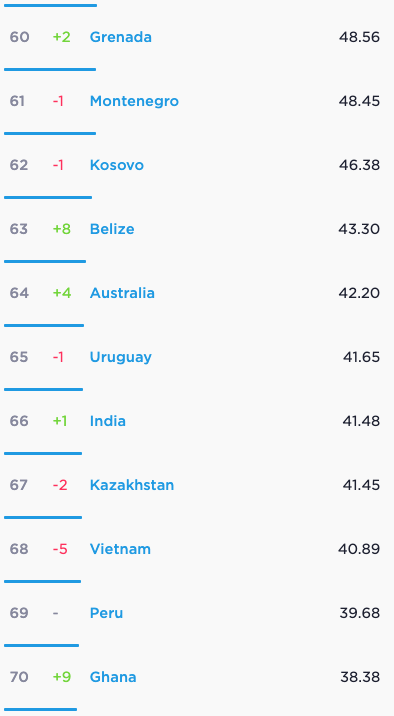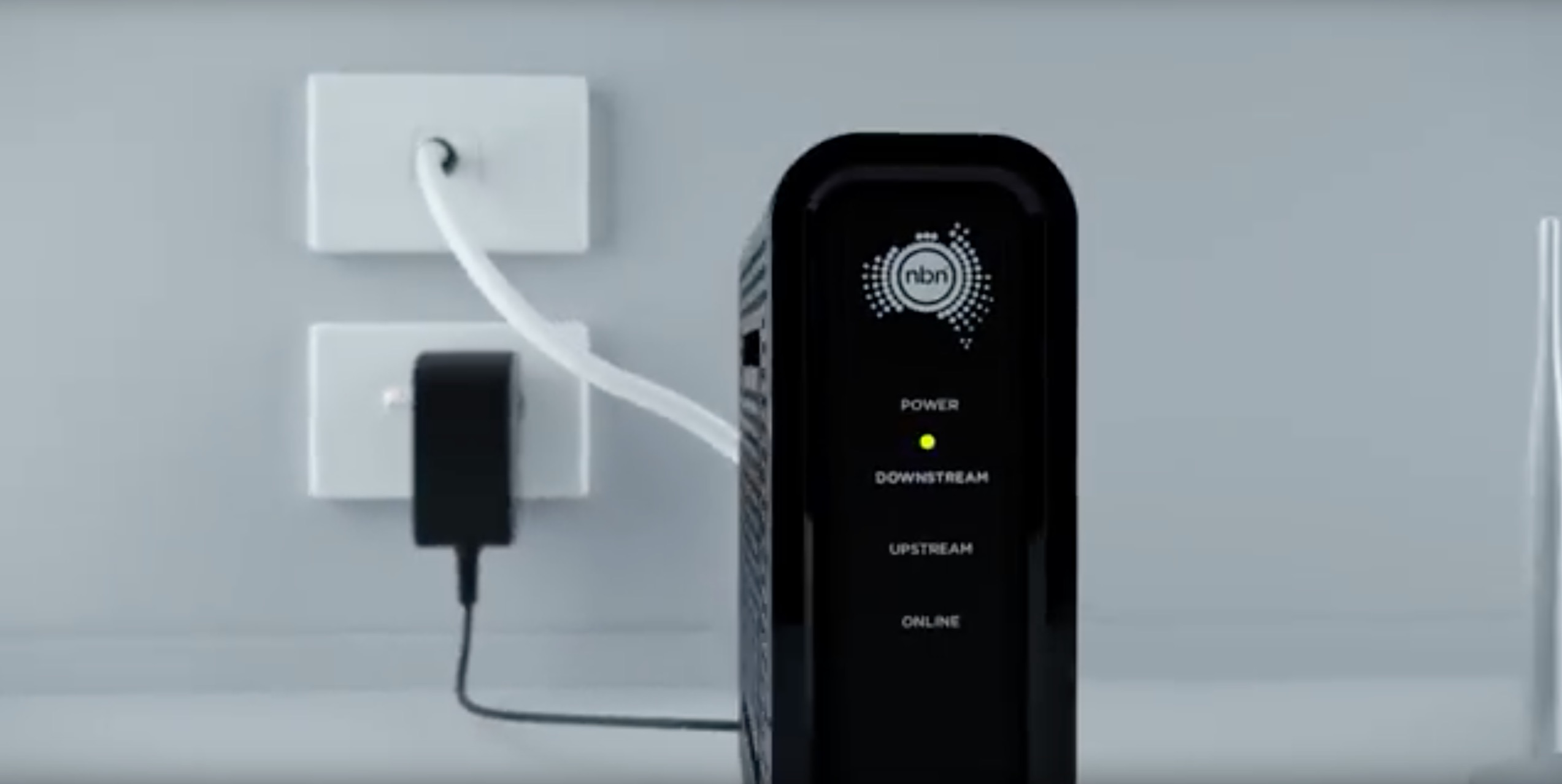Many Australians think the NBN is a bit of a disappointment speed-wise, but there’s a big difference between having a bit of a whinge and having some data to back it up.
One of the sites I keep a reasonably close eye on is Speedtest by Ookla, and they regularly publish analytical and raw data on a regular basis.
A recent publication brings forward the mobile and fixed broadband speed rankings from around the world, and while the global average speeds might not seem that great – 74Mbps down and 40.8Mbps up is well within the NBN’s capabilities for some premises – the reality is a bit more grim.
First, here’s the global average rankings for mobile and fixed broadband:
 The data shows Australia has some of the top mobile networks in the world for data performance. With the likes of Telstra, Vodafone and Optus leading the way – regardless of your affinity to one or the other – we do have very good 4G connectivity ranking 9th worldwide.
The data shows Australia has some of the top mobile networks in the world for data performance. With the likes of Telstra, Vodafone and Optus leading the way – regardless of your affinity to one or the other – we do have very good 4G connectivity ranking 9th worldwide.
Australia’s average mobile data throughput speeds as of January 2020 – shown below – are 63.85Mbps downstream and 14.70Mbps upstream. Obviously, these are average speeds – all three carriers can deliver speeds well in excess of these, but these averages are impressive nonetheless.

Unlike our mobile broadband, though, our fixed line broadband speeds are outright embarrassing.
Our services deliver an average of 42.2Mbps/19.70Mbs and rank a lowly 64th globally. This lands us in the same realm as Uruguay, India, Kazakhstan and Vietnam.
 Even if the vast majority of homes did get a full 100Mbps downstream, that would only land Australia in 26th place or so on the global rankings.
Even if the vast majority of homes did get a full 100Mbps downstream, that would only land Australia in 26th place or so on the global rankings.
This highlights that not only are we living in a hyper-connected world, but our infrastructure is also sub-standard and we’re not catching up. If anything, we’re falling behind as other economies catch up and eclipse our woeful NBN speeds.
But we have the potential to deliver high-speed services
Yes, we do but there are some problems with the broadband delivery on the NBN starting with service delivery methods other than fibre to the premises (FTTP). The issues are so widespread that just this week, Telstra has announced they no longer offer the high-speed promise for NBN FTTN, FTTB and FTTC customers.
It’s also noteworthy that the FTTN connection type is responsible for approximately 95% of the NBN connections that don’t deliver what they promise.
 The fragmentation of the initially planned Fibre network, to a hybrid – use what’s available – approach, has not done many areas of Australia any favours. In many areas, they’re not seeing the speeds that were promised or no improvement in speed if they’re on the same technology. This has led to many households turning to 5G alternatives to get better speed and cheaper than an NBN connection.
The fragmentation of the initially planned Fibre network, to a hybrid – use what’s available – approach, has not done many areas of Australia any favours. In many areas, they’re not seeing the speeds that were promised or no improvement in speed if they’re on the same technology. This has led to many households turning to 5G alternatives to get better speed and cheaper than an NBN connection.
There is so much technology available to provide faster connections. NBN Co had plans to provide connections of 750/50Mbps speeds and Aussie Broadband is one of a few who are already providing 250/25Mbps. It begs the question of why we’re still providing 12/1Mbps plans to anyone, even if you’ve only got a couple of connected devices it’s very easy to saturate that bandwidth.
Where to from here?
There’s a lot at play here, not just the competitive spirit but also – bigger picture – the viability of Australian shores for big business. As users, we need to ensure that our elected officials know what we want. A core infrastructure that can deliver genuine high-speed connections consistently throughout the day and night, all year round. The NBN has faced hurdles, but things are slowly getting better.
With all the issues that users are facing with speed, our global ranking in terms of fixed broadband speed and at a cost – yet to be finalised – of over 51 Billion Dollars, is there any wonder that the NBN isn’t widely taken seriously?



